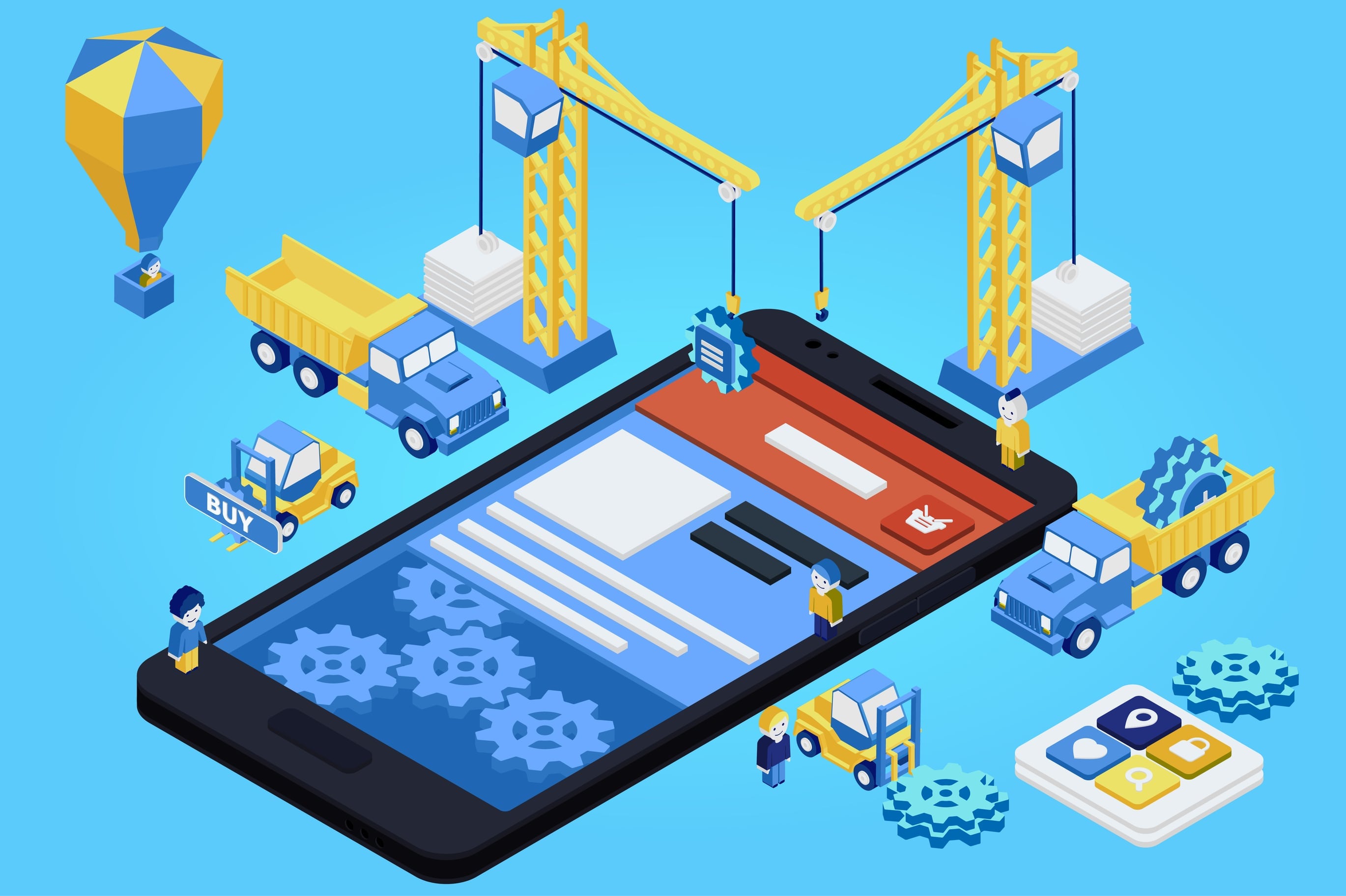

A study from PwC describes a use case where a 5G-enabled healthcare ecosystem - including apps, internet of things (IoT), and wearables - could allow patients to monitor their health and quality of life better. A simple use case might be users watching HD videos on their devices without buffering or quality loss.

Due to its speed being so much higher, information is transferred in milliseconds, reducing latency and providing a better user experience. This matters because it allows users, from individual people to enterprise networks, to connect with wearables, devices, and machines, in addition to phones. It’s not just faster than current 4G technology it’s exponentially faster, capable of operating at 100 times the speed of most existing networks. The hype around fifth-generation wireless technology (5G) has been building for the better part of a decade, but most carriers only started rolling out 5G access in 2021. Here are six trends that mobile app developers will continue to explore in the coming years. While the first apps mainly displayed information based on inputs supplied by the user, many of today’s apps can intuit the user’s needs and provide information even before being prompted to do so.
#Moxile app development android#
In 2021, there were 230 billion first-time mobile app downloads worldwide across Apple and Android devices.Īs mobile phones began appearing everywhere and development exploded, apps became increasingly more advanced. Apple’s App Storereached one billion downloads just nine months after launch.

In 2008, both Apple and Google launched online app stores. To this day, Java remains the primary development language for Android-based apps. This game-changing device included integrated apps, such as connected wireless email, and helped set the stage for rapid mobile app development. Next came the Java-based Blackberry 5810 in 2002. In 1993, IBM’s Simon was the first phone released with a touch screen and built-in apps, including a contact book and calendar. The first handheld cellular mobile phone was invented in 1973, but it took another 20 years for the first commercially available cell phones to start paving the way for today’s technology. How mobile app development has evolved over time Rabobank IDB Delivers Web and Native Mobile Banking Experiences.īusiness Development Bank of Canada Lends Entrepreneurial Spirit to Loans ProcessĪutomation and better data to drive both efficiency and employee empowerment


 0 kommentar(er)
0 kommentar(er)
